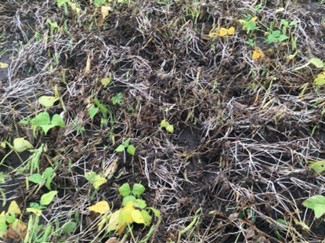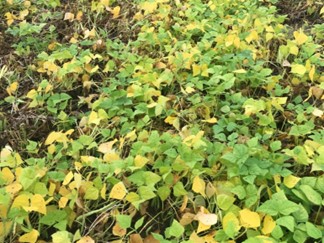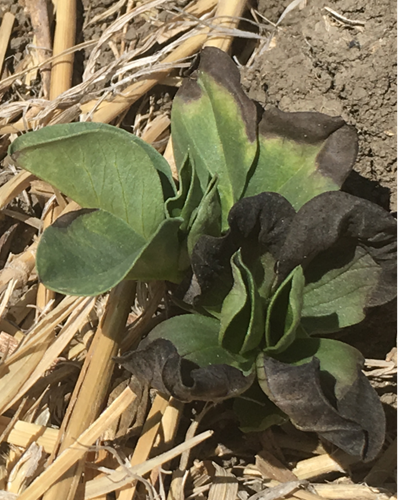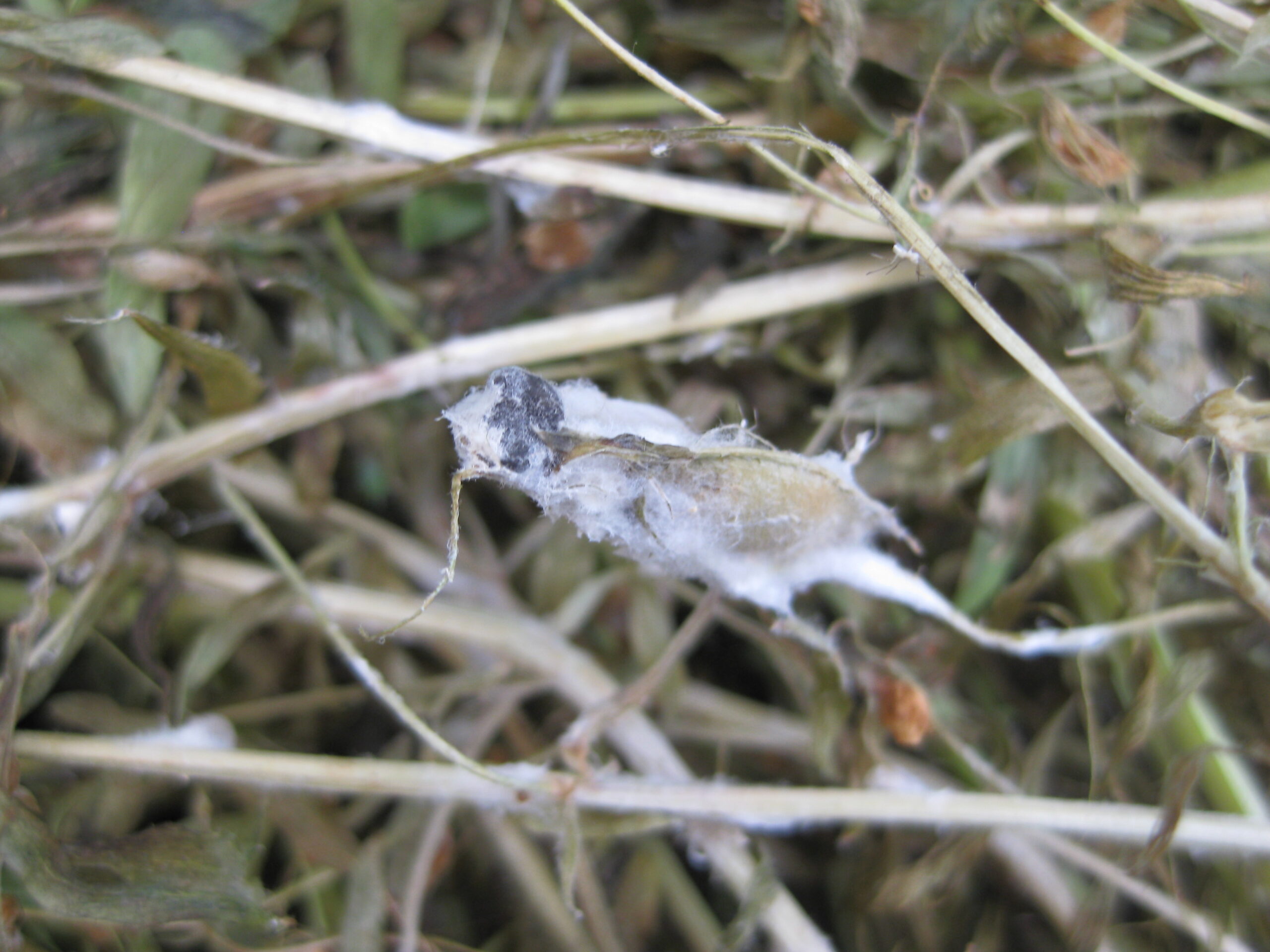Findings from recent research by Dr. Chris Gillard at the University of Guelph are shedding new light on the efficacy and value of the pest control decisions facing Ontario dry bean producers, as well as other agronomic management strategies such as product selection and application timing.
Dr. Gillard’s multi-study project, Applied Pest Management for Ontario Dry Bean Production, assessed new pesticides for their performance and return on investment, and evaluated management strategies that can help maximize dry bean crop yield, quality, and profit.
Canadian dry beans are a high-value niche crop exported worldwide, generating more than $100 million in annual foreign trade. A wide range of pests that can negatively impact dry bean production, and farmers must provide a high level of management to generate desired economic returns.
Dr. Gillard’s team calculated the return on investment for a series of insecticide compounds, including recent additions to the market, and concluded that selecting a modern fungicide over standard products reduces disease severity up to 21%, increases yield up to 62%, and increases economic returns by $335–1,040 per hectare.
Because growers often combine fertilizers in their fungicide mix, Dr. Gillard and his team also tested whether combinations of fertilizer and fungicide mix worked with or against one another. So far, the results suggest most of the combinations they have investigated do not work against one another to any significant degree, and one only rarely boosts the performance of the other. Investigators also determined that the time of day an insecticide was applied had no impact on its performance.
The density of a crop’s leaf canopy is a major factor in the spread and severity of foliar diseases like white mould and anthracnose. Therefore, Dr. Gillard also explored the interaction between plant population and fungicide performance. According to study results, even when the plant stand was reduced to 60%, the crop yield held steady while disease risk declined.
While not every study in the project turned up a new solution, most yielded information that Dr. Gillard and future researchers will use to fill in the blanks in what we know about dry beans and the diseases they are vulnerable to—including growing threats like soybean cyst nematode (SCN) and Western bean cutworm (WBC).
“SCN is established across Southern Ontario and Quebec in every area that grows soybeans. It has been identified in Manitoba soils, although no damage to commercial fields has been documented there yet. Eventually it will become a problem in dry bean production regions in every province.”

Source: Dr. Chris L. Gillard

Source: Dr. Chris L. Gillard
WBC moths, meanwhile, have been trapped throughout Ontario, Quebec, New Brunswick, Nova Scotia, and Prince Edward Island. “The moths fly, so they spread much faster,” says Dr. Gillard.
Both pests impact dry bean yield and seed quality. While SCN is soybean’s largest pest, its impact on dry bean has been largely ignored by researchers, even though dry bean is one of the nematode’s alternate hosts.
To fill that research gap, Dr. Gillard and his team conducted a series of tests on new seed treatments to manage the pest. “So far, we have not identified any effective, season-long seed treatment controls for SCN on dry bean, but the work is ongoing.”
Dr. Gillard’s team is also testing new pesticide options for managing WBC. “There are effective products to manage WBC, but insecticide timing is an issue because WBC is so hard to scout for, even for trained experts.” Some of that groundwork is now being conducted by Josee Kelly, one of Dr. Gillard’s graduate students.

Source: Dr. Chris L. Gillard
He already has plans to build on this research in the future. He will be partnering with Drs. Jamie Larsen and Owen Wally at Agriculture and Agri-Food Canada to explore the genetic tolerance of different dry bean market classes to SCN and WBC. While it takes time to develop genetic solutions, other integrated pest management tools are not good enough to do the job for these two pests. “We know genetic resistance can help fight SCN, but we do not know yet if it will help fight WBC.”
Dr. Gillard is also looking ahead to future research projects aimed at identifying sources of genetic resistance to bacterial brown spot, which can cause yield loss up to 55% in dry bean fields, and so far has proven resistant to chemical and cultural controls.
“We have to find a solution for the grower at the end of the day,” he says. “Whether it is myself or a research partner or someone who takes over after me, we will continue until we find the best answer to the problem.”
Dr. Gillard’s research gives farmers the tools to make strategic agronomic practices that benefit their operations. It also emphasizes the work being done monitoring and managing SCN in dry beans.
Summaries of Dr. Gillard’s research are available at drybeanagronomy.ca. On the website, growers can learn more about the efficacy of new chemical, biological and alternative compounds compared to the standard pest controls such as white mould and anthracnose. The site is a joint venture between Ontario Ministry of Agriculture, Food and Rural Affairs (OMAFRA), the provincial agricultural ministry, and Ontario Bean Growers.

Project: Applied pest management in drybean production systems
Industry Funder: BASF, Bayer, EngageAgro, Syngenta, Ontario Bean Growers
Project Cost: $1,072,505.50
Project Completion Date: March 31, 2023


